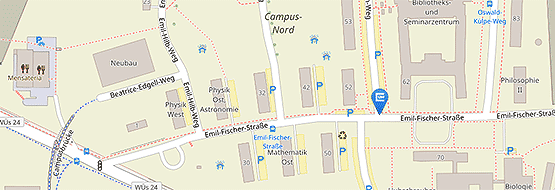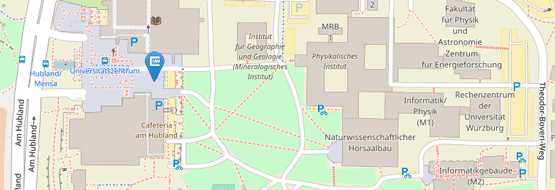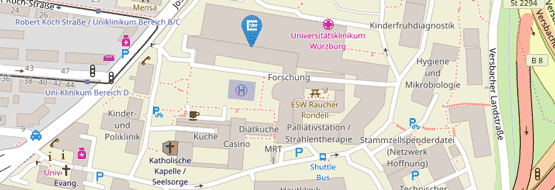The role of organellar sphingolipids in Simkania negevensis infection
Simkania negevensis is a Chlamydia-related obligate intracellular pathogen connected to pulmonary infections. The S. negevensis vacuole forms close contacts with the endoplasmic reticulum and mitochondria and depends on host cell lipids for development, which is why these bacteria are a good model for researching the interplay between cell organelles and pathogenic microorganisms. In the Kozjak-Pavlovic group, as a part of the GRK 2581, we are studying the importance of host cell sphingolipids, primarily sphingomyelin and ceramide, for the development of Simkania. Inhibition of the host cell acid and neutral sphingomyelinase, as well as the manipulation of mitochondrial ceramide levels, affect bacterial development. Also, the inhibition of ceramide transport between Golgi and endoplasmic reticulum (ER) affects simkanial growth. Therefore, we are currently focusing on understanding the sphingolipid trafficking in infected cells and are exploring the role of mitochondrial and ER sphingolipids in infection.








